The rise of "leftover mystery boxes" has taken Chinese cities by storm, with young urbanites lining up for discounted restaurant surplus meals priced as low as 10 yuan. This growing trend reflects both the economic pressures facing China's youth and their willingness to embrace unconventional solutions – but beneath the surface of this culinary bargain hunt lie complex questions about food safety, sustainability, and the changing nature of consumption.
Across Shanghai's business districts after 8pm, clusters of smartphone-wielding millennials gather near participating bakeries and sushi counters. The ritual unfolds like a culinary treasure hunt: refresh the app at precisely 8:15pm, tap furiously to claim limited offerings, then rush to collect boxes containing the day's unsold items at 70-90% discounts. "It's like getting a Michelin-starred lunch for bus fare money," beams 26-year-old marketing assistant Li Jiawei, displaying a 12-yuan ($1.65) haul of artisanal sourdough and matcha eclairs that would retail for 85 yuan.
The business model thrives on solving two modern urban problems simultaneously. For restaurants, especially upscale establishments with rigid quality standards, it eliminates food waste while recovering some cost from ingredients that would otherwise be discarded. For consumers, particularly budget-conscious young professionals facing rising living costs, it provides access to premium foods at fast-food prices. Data from leading platform Xiaomayi shows over 3,200 Beijing restaurants now participate, with some locations selling 200+ boxes nightly.
Yet food safety experts voice concerns about this unregulated gray area. While reputable chains maintain strict refrigeration and packaging standards, smaller vendors might push boundaries. "There's no standardized protocol for how long after production these items can be safely sold," warns Dr. Zhang Wei of Shanghai Food Safety Research Institute. "The 'blind box' element means consumers can't inspect items until purchase, creating potential risks." Some users report receiving items at questionable temperatures or with ambiguous expiration markers.
The trend reveals deeper societal shifts in China's post-pandemic economy. With youth unemployment hovering near record highs and disposable incomes shrinking, young urbanites have embraced what sociologist Dr. Liang Chen calls "guerilla consumption" – innovative workarounds to maintain lifestyle standards amid financial constraints. "These aren't traditional bargain hunters," Liang observes. "They're digitally-native consumers applying gamification and sharing-economy logic to basic needs." Social media amplifies the phenomenon, with unboxing videos and price comparisons fueling competitive enthusiasm.
Environmental advocates applaud the waste-reduction aspect but question whether the model addresses systemic issues. "While better than dumping food, this doesn't solve overproduction at its source," notes Greenpeace East Asia campaigner Wang Jing. Some bakeries admitted to creating extra inventory anticipating mystery box demand, potentially negating ecological benefits. The carbon footprint of multiple customers making separate trips to collect small orders also raises sustainability questions.
Restaurant managers report mixed experiences. Upscale establishments benefit from introducing products to new customers, with about 30% of mystery box buyers returning to pay full price. But for smaller vendors, operational challenges emerge. "We waste more staff time handling these sales than we save on ingredient costs," complains a Beijing café owner. Some businesses manipulate box contents, substituting less desirable items – a practice that has sparked online backlash when exposed.
Consumer psychology plays a crucial role in the trend's viral spread. The combination of scarcity (limited-time offers), surprise (unknown contents), and social currency (shareable finds) creates powerful motivation. Nutritionists however warn about the health implications of such unpredictable eating patterns. "People end up consuming random combinations of carbs, sugars and proteins based on availability rather than dietary needs," notes clinical nutritionist Dr. Hannah Wu.
As municipal governments begin monitoring the phenomenon, calls grow for standardized regulations. Suggested measures include temperature control requirements, clear expiration labeling, and limits on how long after preparation items can be sold. Some cities are experimenting with centralized collection points to reduce congestion and emissions from individual pickups.
The leftover mystery box craze ultimately reflects the resourcefulness of a generation caught between economic realities and aspirational lifestyles. What began as pragmatic budgeting has evolved into a cultural phenomenon with implications far beyond the dining table – a testament to how digital natives are rewriting the rules of consumption in unpredictable ways. As this trend matures, its lasting impact may lie not in the meals themselves, but in how it reshapes attitudes toward value, sustainability and community in China's evolving consumer landscape.

By /Jun 14, 2025

By /Jun 13, 2025

By /Jun 13, 2025

By /Jun 13, 2025
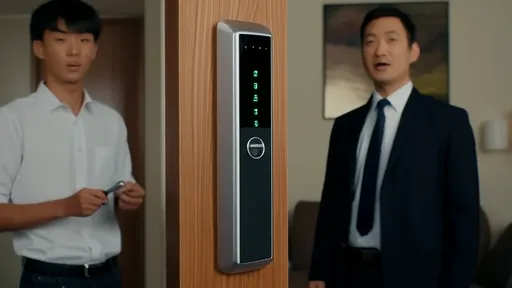
By /Jun 13, 2025

By /Jun 13, 2025

By /Jun 13, 2025
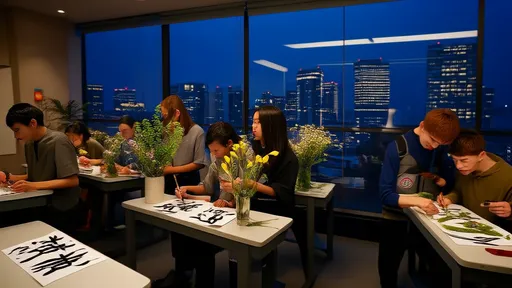
By /Jun 13, 2025

By /Jun 13, 2025
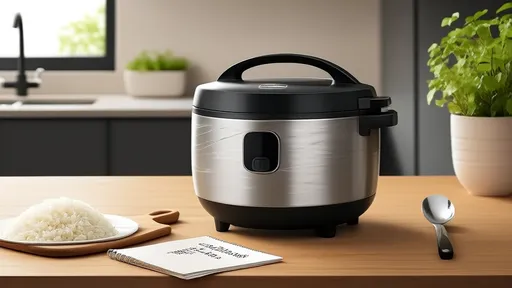
By /Jun 13, 2025

By /Jun 13, 2025
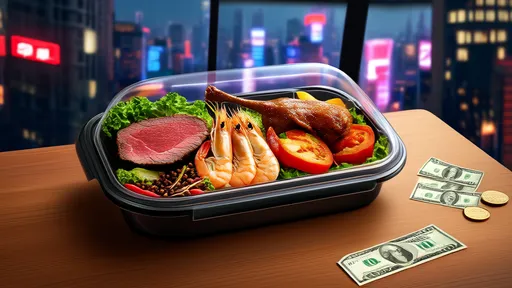
By /Jun 13, 2025
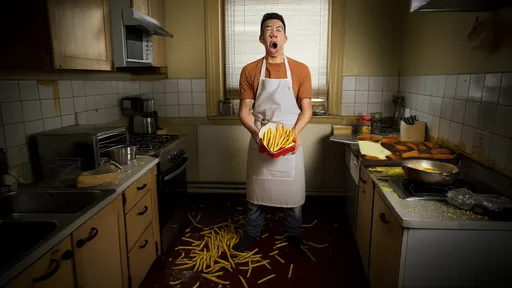
By /Jun 13, 2025
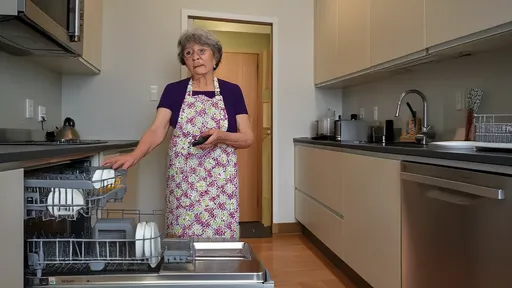
By /Jun 13, 2025

By /Jun 13, 2025

By /Jun 13, 2025

By /Jun 13, 2025
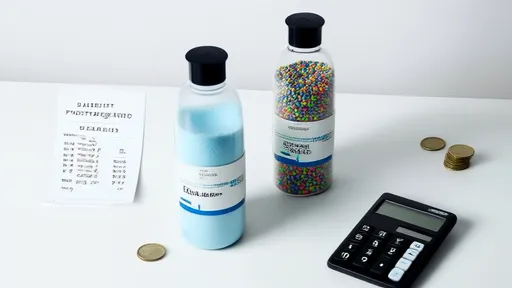
By /Jun 13, 2025

By /Jun 13, 2025

By /Jun 13, 2025